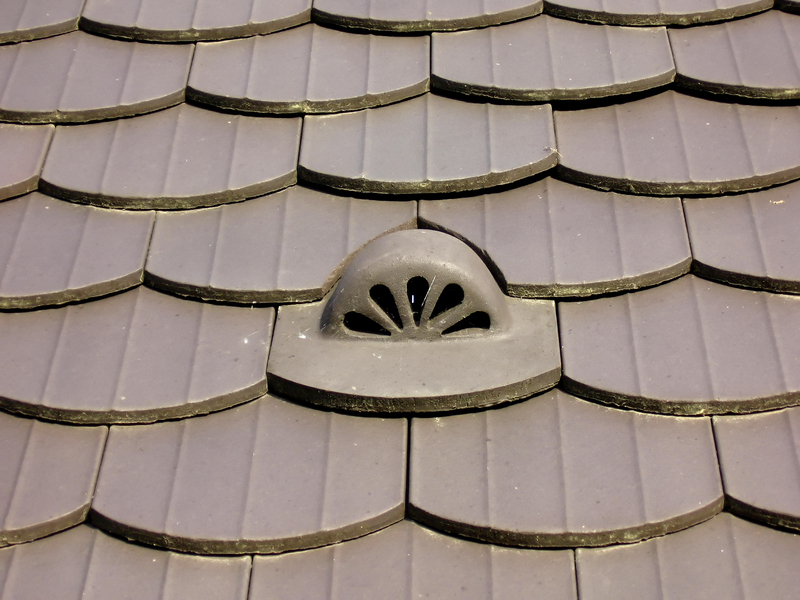Repairing Wood Floor Scratches and Gaps
Posted on 03/03/2025
Wood floors add a timeless elegance and warmth to any home, but they are also susceptible to scratches and gaps over time. Restoring the pristine look of your wood floor doesn't necessarily require hiring a professional. With the right tools and techniques, you can tackle those imperfections yourself. This comprehensive guide will walk you through the steps for repairing wood floor scratches and gaps.
Understanding the Types of Scratches
Before diving into the repair process, it's crucial to understand the different types of scratches you may encounter:
- Surface Scratches: These affect only the finish layer of the wood and are the easiest to repair.
- Minor Scratches: These penetrate deeper than surface scratches but don't affect the wood's structural integrity.
- Deep Scratches: These reach into the wood and may require more intensive repairs, including sanding and refinishing.

Tools and Materials Needed
Gather the following tools and materials before you start the repair:
- Wood filler
- Fine-grit sandpaper
- Wood stain (matching your floor color)
- Putty knife
- Soft cloth
- Hardwood floor cleaner
- Finish applicator (brush or pad)
Repairing Surface Scratches
Surface scratches are the easiest to manage and can often be fixed with a simple cleaning and refinishing process:
- Clean the scratched area using a hardwood floor cleaner.
- Use fine-grit sandpaper to gently buff out the scratch, following the direction of the wood grain.
- Wipe away the sanding dust with a soft cloth.
- Apply a matching wood stain to the scratched area using a soft cloth, and let it dry.
- Finish by applying a protective layer of polyurethane or your floor's original finish.
Repairing Minor Scratches
Minor scratches require slightly more effort but can still be managed with ease:
- Clean the area with a hardwood floor cleaner to remove any dirt or debris.
- Use a putty knife to apply wood filler to the scratch, ensuring it's filled completely.
- Once the wood filler has dried, lightly sand the area with fine-grit sandpaper.
- Wipe away the dust and apply matching wood stain.
- Finish with a protective layer of polyurethane or your floor's original finish.
Repairing Deep Scratches
Deep scratches require more extensive work, often including sanding and refinishing:
- Clean the area with a hardwood floor cleaner.
- Use coarse-grit sandpaper to sand down the scratch, then switch to fine-grit sandpaper for a smoother finish.
- Apply wood filler to the scratch with a putty knife.
- After the filler has dried, sand the area again with fine-grit sandpaper.
- Wipe away all dust, then apply matching wood stain and let it dry.
- Finish by applying a protective layer of polyurethane or the original floor finish.
Repairing Gaps Between Wood Floor Planks
Gaps between wood planks can be unsightly and may also cause the planks to become loose. Here's how to fix them:
- Clean the gaps thoroughly, removing any dirt or debris.
- Choose a wood filler that matches your floor color.
- Using a putty knife, apply the wood filler into the gaps.
- Allow the filler to dry completely, then sand it smooth using fine-grit sandpaper.
- Apply matching wood stain if needed, and let it dry.
- Finish with a protective layer of polyurethane or your floor's original finish.
Pros and Cons of DIY Wood Floor Repair
Understanding the benefits and drawbacks of DIY wood floor repair can help you decide if this project is right for you:
Pros:
- Saves Money: Repairing scratches and gaps yourself can be cost-effective compared to hiring professionals.
- Convenience: You can work on your own schedule without waiting for an appointment.
- Satisfaction: There's a sense of accomplishment in maintaining and repairing your own floors.
Cons:
- Skill Required: DIY repairs may require a certain level of skill and patience.
- Time-Consuming: The process can be labor-intensive and take time to complete.
- Potential for Mistakes: Incorrect application of materials or tools could worsen the damage.
Tips for Maintaining Wood Floors
- Use rugs and mats in high-traffic areas.
- Clean up spills immediately to prevent water damage.
- Place protective pads on the bottoms of furniture legs.
- Regularly sweep or vacuum to remove dirt and debris.

Takeaways
- Understand the type of scratches to apply the correct repair method.
- Always clean the area thoroughly before making any repairs.
- Choose materials that match your floor's color and finish.
- Take your time to ensure a smooth and even repair finish.
Conclusion
Repairing wood floor scratches and gaps can be a rewarding DIY project that enhances the beauty and longevity of your flooring. By understanding the types of scratches, gathering the right tools and materials, and following the detailed steps outlined in this guide, you can achieve professional-quality results. While there are pros and cons to the DIY approach, the satisfaction of successfully repairing your own floors can make the effort worthwhile. Follow the maintenance tips to keep your floors looking pristine for years to come.









